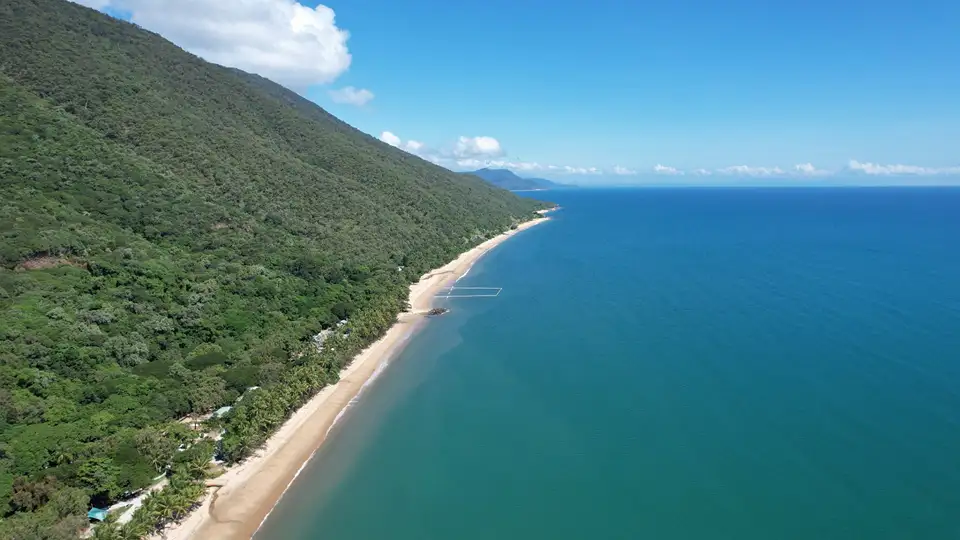Introduction
Cairns’ northern beaches are undergoing an important phase of renewal, with Cairns beach revegetation leading the way in restoring coastal resilience after the impacts of ex-Tropical Cyclone Jasper. With a $2.02 million coastal recovery initiative approved by Cairns Regional Council, the region is focusing on rebuilding natural dune systems, strengthening foreshore stability, and accelerating ecosystem recovery across several popular beaches.
Why Revegetation Matters for Coastal Biodiversity
Revegetation is a powerful tool for protecting and enhancing coastal environments. The Cairns beach revegetation program focuses on planting native species that naturally stabilise dunes, support wildlife habitats, and improve long-term shoreline resilience. These plants help trap sand, reduce wind erosion, and create healthier ecosystems that can recover more quickly from severe weather.
Project Overview
The project is funded through the Disaster Recovery Funding Arrangements (DRFA) and will continue through June 2026. Cairns beach revegetation and other restoration works will be carried out across Holloways Beach, Trinity Beach, Kewarra Beach, Palm Cove, and Ellis Beach. Sand nourishment will take place at Trinity, Kewarra, and Palm Cove to rebuild natural beach profiles and enhance ecosystem recovery. At the same time, a local contractor will oversee revegetation using native plant species.
Restoration Activities Across Key Beaches
The initiative includes reshaping dunes, planting locally sourced vegetation, and restoring weakened sections of the coastline. Cairns beach revegetation will help strengthen natural defenses against storms, promote biodiversity, and protect community assets. By restoring native vegetation, the beaches become more resilient, attract more fauna, and maintain their visual and ecological value.
Community and Environmental Benefits
Beyond environmental gains, the project supports local suppliers and boosts regional employment. Cairns beach revegetation not only drives ecosystem recovery but also protects the lifestyle enjoyed by residents and enhances the visitor experience. These improvements create a healthier coastline that supports both nature and tourism.
Conclusion
Cairns beach revegetation is central to building a stronger, more sustainable coastal future for the region. By combining dune restoration, sand nourishment, and native planting, the initiative enhances biodiversity and ensures that Cairns’ northern beaches remain resilient against future environmental challenges.
